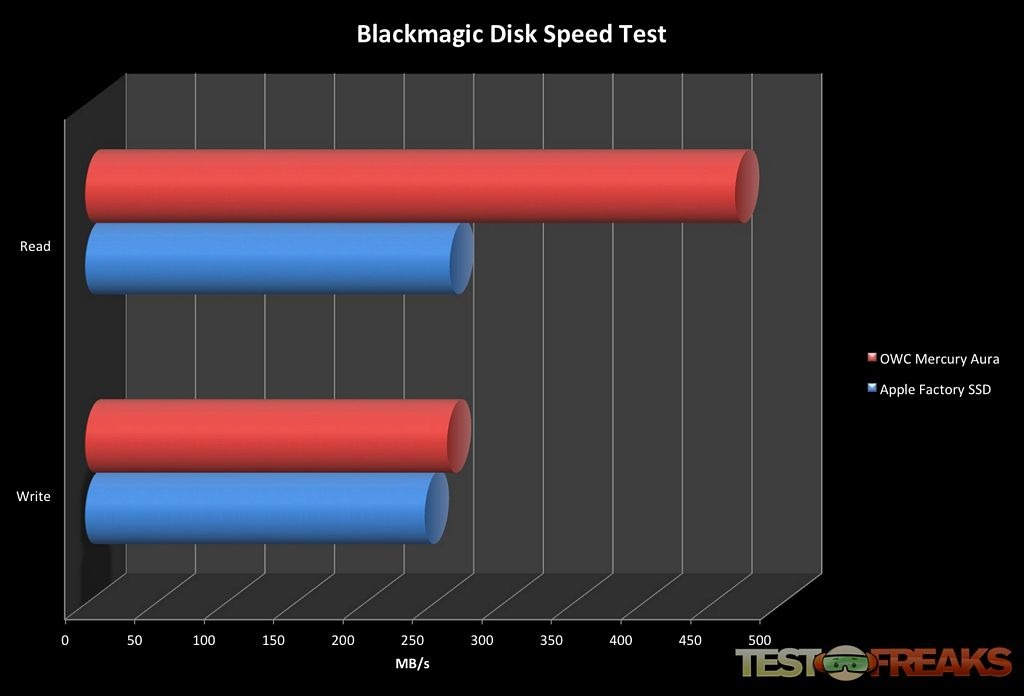


The questionnaire contained questions on migraine and headache characteristics, attack frequency and duration, aura characteristics, and age of onset. Patients who had visited our hospital and of whom no information on migraine and headache was available were asked to take this structured headache questionnaire via a telephone interview if they had consented to be contacted for participation in scientific research before. All patients underwent a semi-structured headache questionnaire. 14 In this study, the participants are called ICH carriers if they had at least one symptomatic ICH, and non-ICH carriers if they did not have a symptomatic ICH. The diagnosis D-CAA carrier was made based on DNA analysis of the Glu693Gln mutation in the APP gene, or if no DNA analysis was performed, a medical history with one or more ICHs with CAA characteristics according to the Boston criteria on MRI and a positive family history for D-CAA. All available information up to this date was used for the analysis. This study investigates migraine prevalence and symptomatology in D-CAA, relating migraine history to ICH onset, ICH location, and presence of cSS on magnetic resonance imaging (MRI).įor this retrospective study, we retrieved patient files of all D-CAA mutation carriers who visited the Cerebral Hereditary Angiopathy outpatient clinic or the inpatient clinic of our neurology department at the Leiden University Medical Center, the Dutch national referral center for D-CAA, between January 2012 and January 2018. The pathophysiology of D-CAA and sporadic CAA are similar, allowing D-CAA to function as a model of CAA, enabling investigation of early disease stages. D-CAA patients suffer from recurrent ICH from the age of 50. 9 Hereditary Dutch-type CAA (D-CAA, also called Hereditary Cerebral Hemorrhage with Amyloidosis-Dutch type) is an hereditary variant of CAA, caused by a mutation in the Aβ region of the APP (amyloid precursor protein) gene. Migraine has been reported in CAA however, not much is known about the prevalence and characteristics. 4, 5 Migraine has been described in rare monogenic cerebrovascular syndromes as an early hallmark or even isolated symptom, for instance in cerebral autosomal dominant arteriopathy with subcortical infarcts and leukoencephalopathy and retinal vasculopathy with cerebral leukoencephalopathy and systemic manifestations, suggesting a link between migraine and microvascular changes in early stages of angiopathies. 3 The relationship between migraine and cerebrovascular disease has long been recognized, but the underlying pathophysiological basis is still not understood. 2 The definitions of TFNE and migraine aura, described as positive, reversible neurological symptoms in a sequential pattern according to the International Classification of Headache Disorders third edition (ICHD-3), overlap. 1 Patients with CAA often report transient focal neurological episodes (TFNE), which are typically recurrent stereotyped attacks that are strongly related with cortical superficial siderosis (cSS). Customer Service and Ordering InformationĬerebral amyloid angiopathy (CAA) is an important cause of intracerebral hemorrhage (ICH) in elderly.Stroke: Vascular and Interventional Neurology.Journal of the American Heart Association (JAHA).Circ: Cardiovascular Quality & Outcomes.

Arteriosclerosis, Thrombosis, and Vascular Biology (ATVB).


 0 kommentar(er)
0 kommentar(er)
